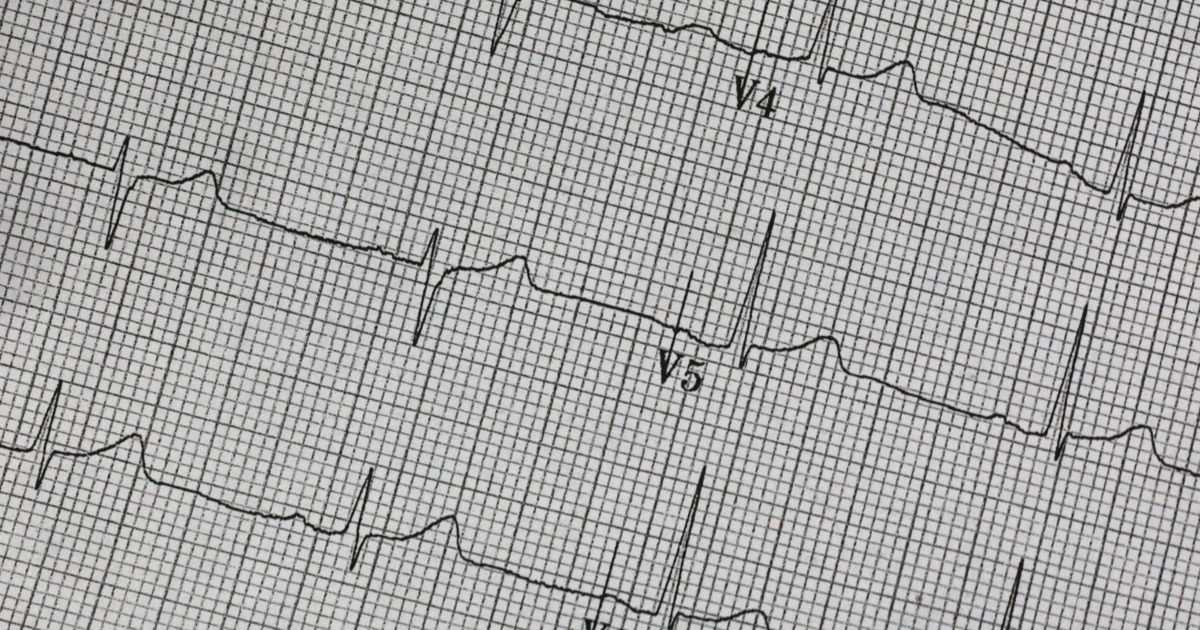Google Research y Mayo Clinic, desarrollaron un nuevo algoritmo de Artificial Intelligence (AI) que tiene como propósito la estimulación eléctrica del cerebro para conocer posibles tratamientos de enfermedades como epilepsias y Parkinson.
Investigadores y especialistas en AI, de Google Research y Mayo Clinic, desarrollaron un nuevo algorithm para dispositivos de estimulación celebrar. Los hallazgos fueron publicados en PLOS Computational Biology, bajo el título “Identificación de la curva del perfil básico para comprender los efectos de la estimulación eléctrica en las redes del cerebro humano”.
“La curva de perfil base identificación” fue el algorithm desarrollado debido a que no existen técnicas matemáticas para clasificar y caracterizar cómo interactúan las redes cerebrales entre sí, utilizando datos del mundo real.
El estudio contó con la participación de un paciente con un tumor cerebral, a quien le fue colocado una matriz de electrodos electrocorticográficos para el trazado de un mapa de la función cerebral antes y después de extirpar el tumor.
“Nuestros hallazgos muestran que este nuevo tipo de algorithm puede ayudarnos a comprender qué regiones del cerebro interactúan directamente entre sí, lo que a su vez puede ayudar a guiar la colocación de electrodos para estimular dispositivos para tratar enfermedades del cerebro en red”, explicó el Dr. Kai J. Miller, neurocirujano de Mayo Clinic y primer autor del estudio publicado en PLOS.

Miller explicó que las nuevas tecnologías ayudan al desarrollo de nuevos y mejores tratamientos de diferentes condiciones como epilepsia, Parkinson o enfermedades psiquiátricas como el trastorno obsesivo compulsivo y la depresión.
Incluso los autores han proporcionado el paquete de códigos descargable para que otros investigadores puedan experimentar y explorar esta técnica. “Compartir el código desarrollado es una parte fundamental de nuestros esfuerzos para ayudar a la reproducibilidad de la investigación”, explicó la Dra. Dora Hermes autora principal del estudio.







